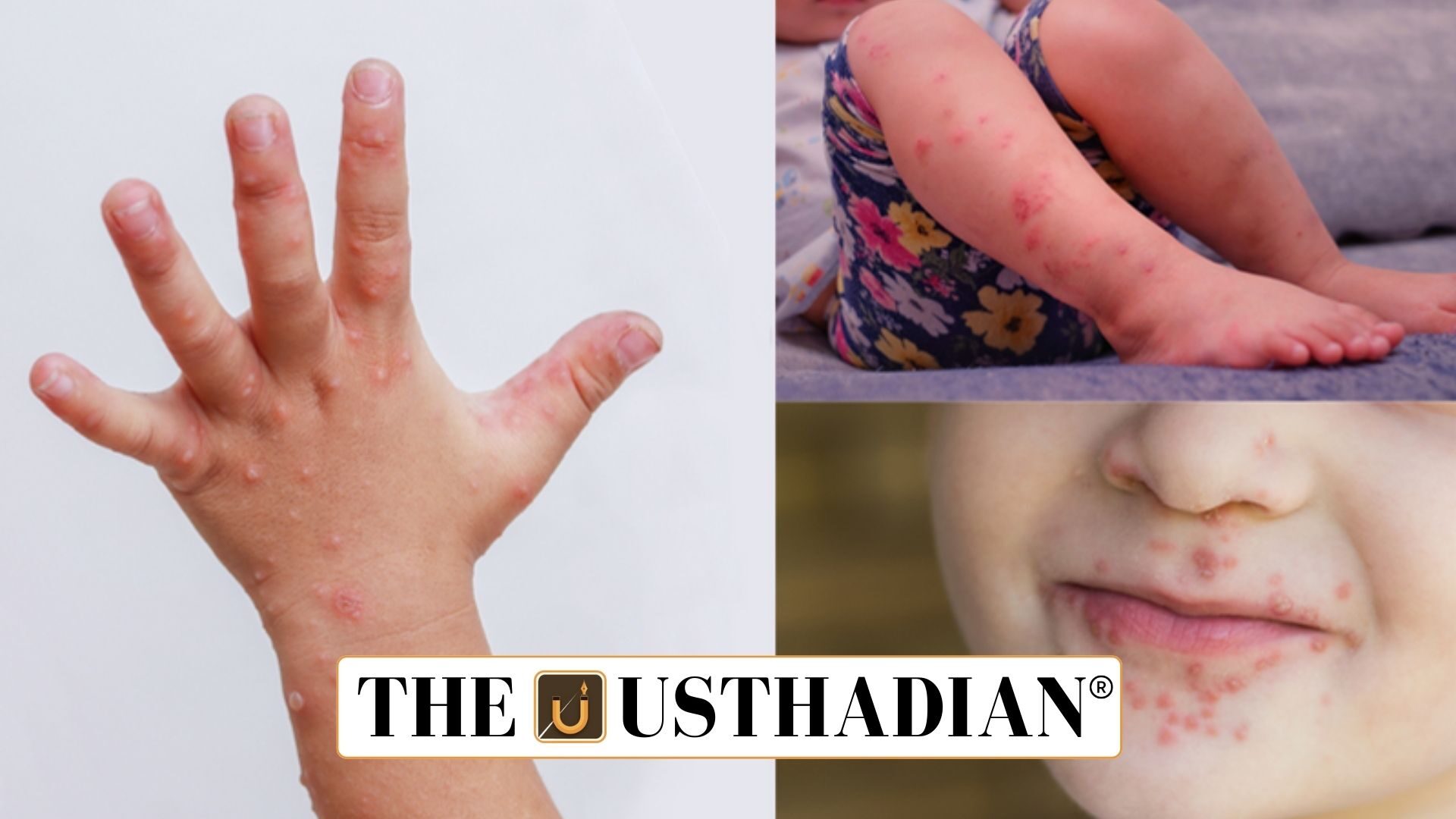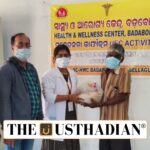Overview
Hand Foot and Mouth Disease Cases Rise in Children: Hand Foot and Mouth Disease (HFMD) is a contagious viral infection primarily affecting children under ten years. The main causative agent is coxsackievirus A16, although other enteroviruses can also trigger it. The infection spreads rapidly through respiratory droplets, direct contact, and contaminated surfaces. Static GK fact: The first recorded outbreak of HFMD occurred in Canada in 1957.
Symptoms
HFMD typically begins with high fever and sore throat. Within a few days, painful blisters appear in the mouth, hands, and feet, sometimes extending to the buttocks. Mouth sores cause difficulty in eating and drinking. The rash is generally non-itchy and may vary in colour according to skin tone. Static GK Tip: HFMD incubation period ranges from 3 to 6 days after exposure.
Transmission
The disease spreads efficiently among children due to close contact in schools and daycares. The monsoon season accelerates transmission because of increased humidity and indoor gatherings. Airborne droplets, direct contact with blisters, and contaminated surfaces are the primary vectors. Static GK fact: HFMD outbreaks are more common in summer and early autumn in temperate regions, while in tropical countries, monsoon often triggers outbreaks.
Prevention
Preventive measures focus on hygiene and isolation. Frequent hand-washing is crucial. Children showing symptoms should be isolated immediately to prevent spreading the virus. Schools are advised to monitor symptoms and restrict attendance of affected students. Parents are instructed not to send sick children to school. Static GK Tip: The World Health Organization recommends community awareness campaigns to reduce HFMD spread.
Treatment and Home Care
There is no specific antiviral treatment for HFMD. Most cases resolve within 7 to 10 days. Symptomatic treatment includes fever reducers and pain relief medications. Homemade food and maintaining hygiene help speed recovery. Avoiding packaged and outside food reduces additional infection risks. Static GK fact: HFMD rarely causes severe complications but can lead to dehydration due to mouth sores.
Public Health Response
The Directorate of Education, Delhi, has issued guidelines for schools and parents. Awareness campaigns focus on early detection and isolation. Health experts continue monitoring cases daily, emphasizing supportive care and vigilance. Hospitals report increasing numbers of pediatric cases, highlighting the need for community cooperation. Static GK Tip: Timely reporting and school surveillance are effective in curbing HFMD outbreaks.
Static Usthadian Current Affairs Table
Hand Foot and Mouth Disease Cases Rise in Children:
| Topic | Hand Foot and Mouth Disease in Children |
| Location | Delhi and Haryana |
| Affected Group | Children under ten years |
| Virus | Coxsackievirus A16 |
| Symptoms | Fever, sore throat, mouth blisters, rashes on hands and feet |
| Transmission | Respiratory droplets, direct contact, contaminated surfaces |
| Prevention | Hand hygiene, isolation, school monitoring, avoid sending sick children |
| Treatment | Symptomatic care, fever reducers, pain relief, home hygiene |
| Duration | Usually resolves in 7–10 days |
| Public Response | Directorate of Education guidelines, awareness campaigns, hospital monitoring |








